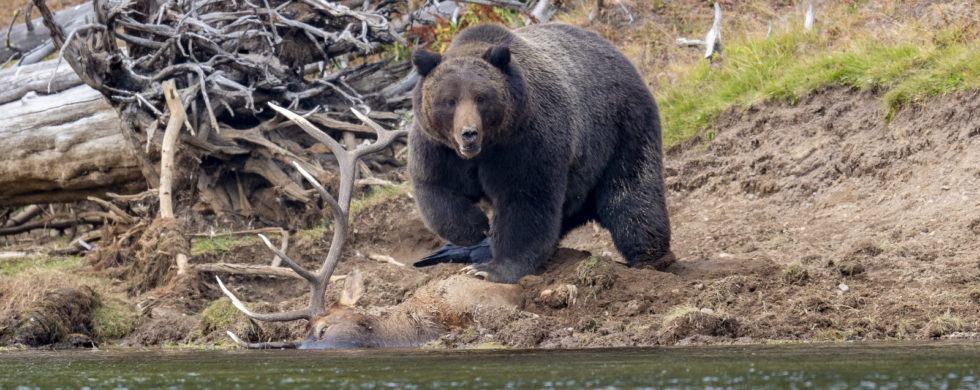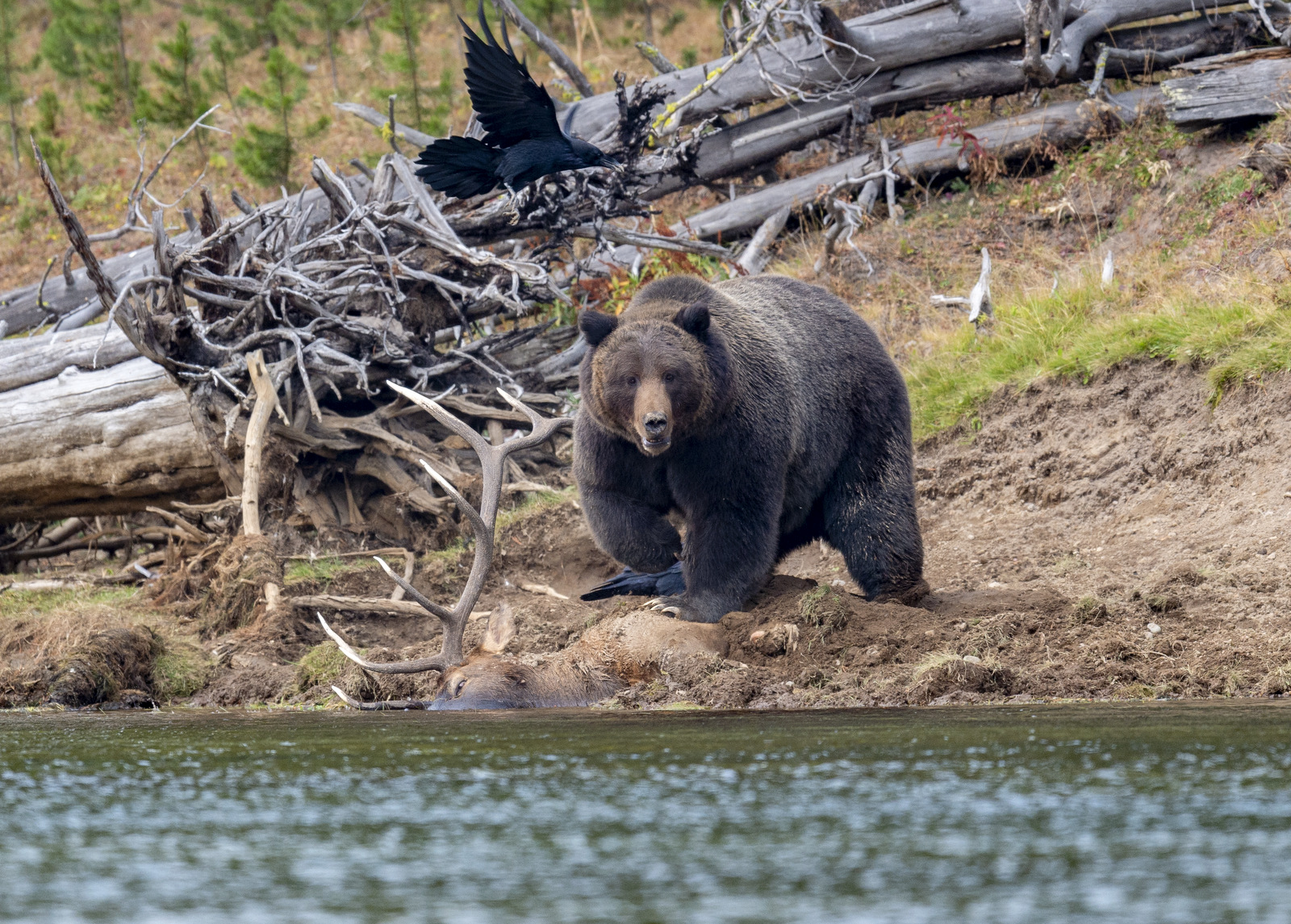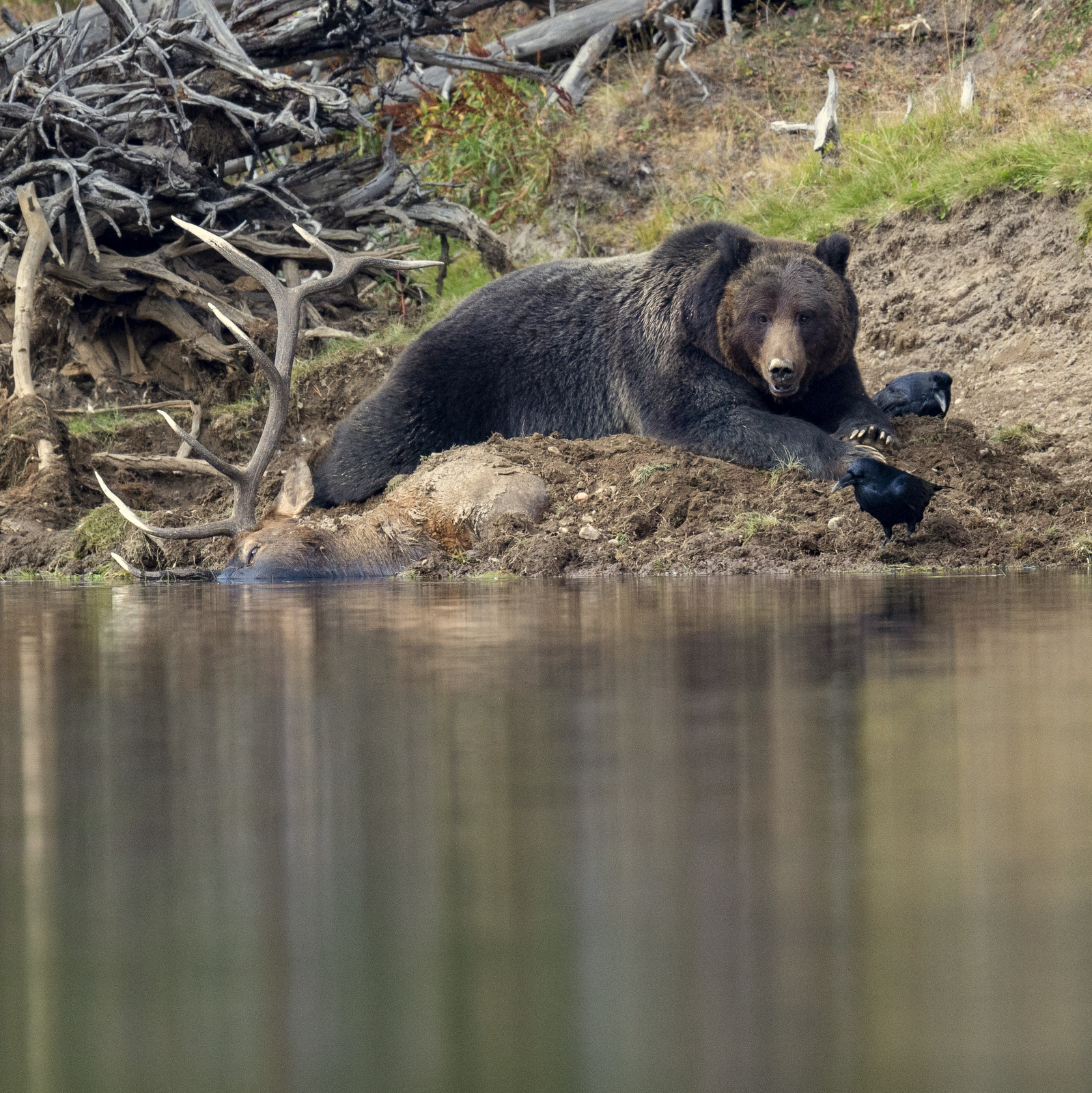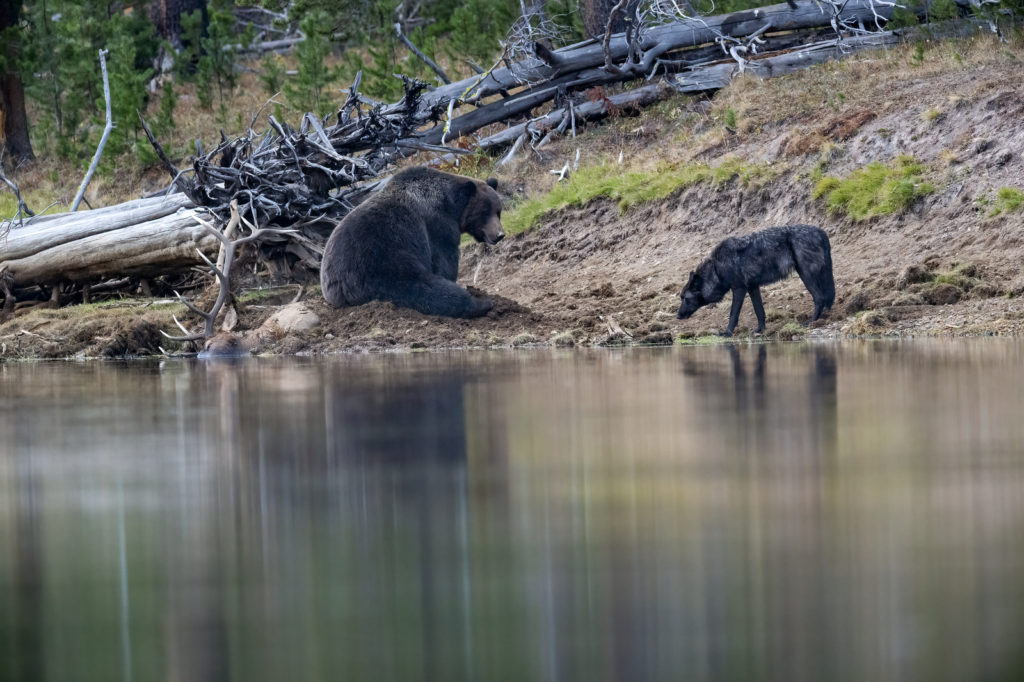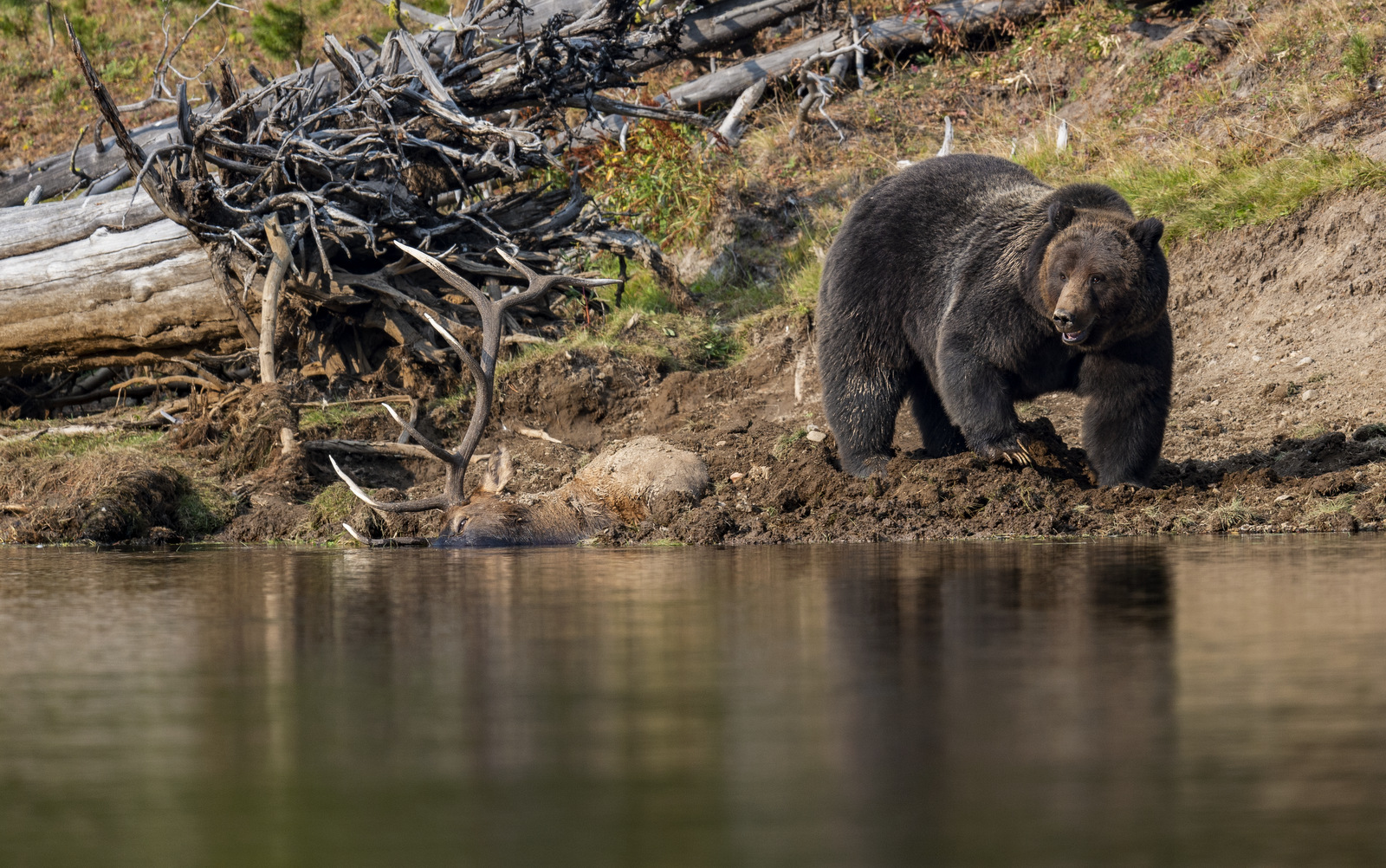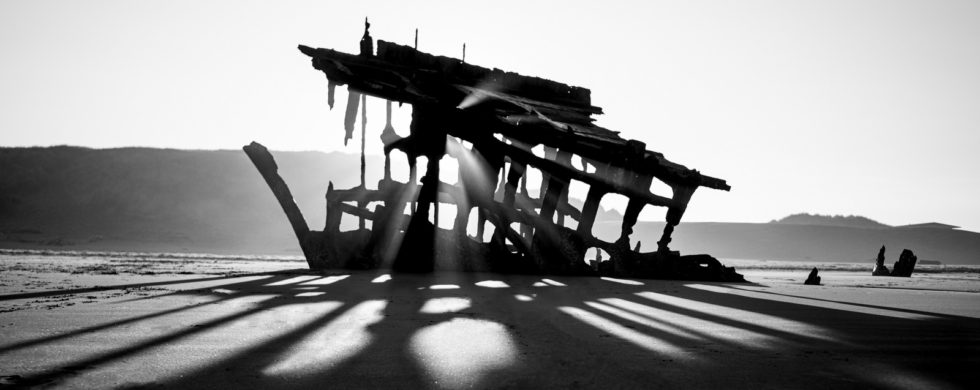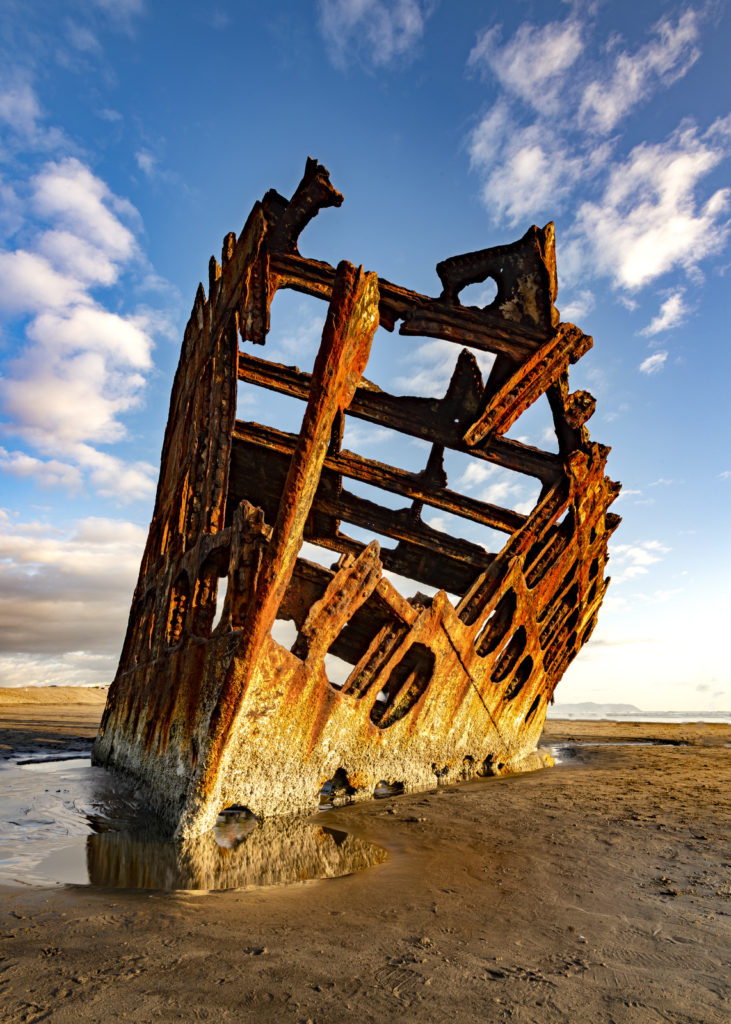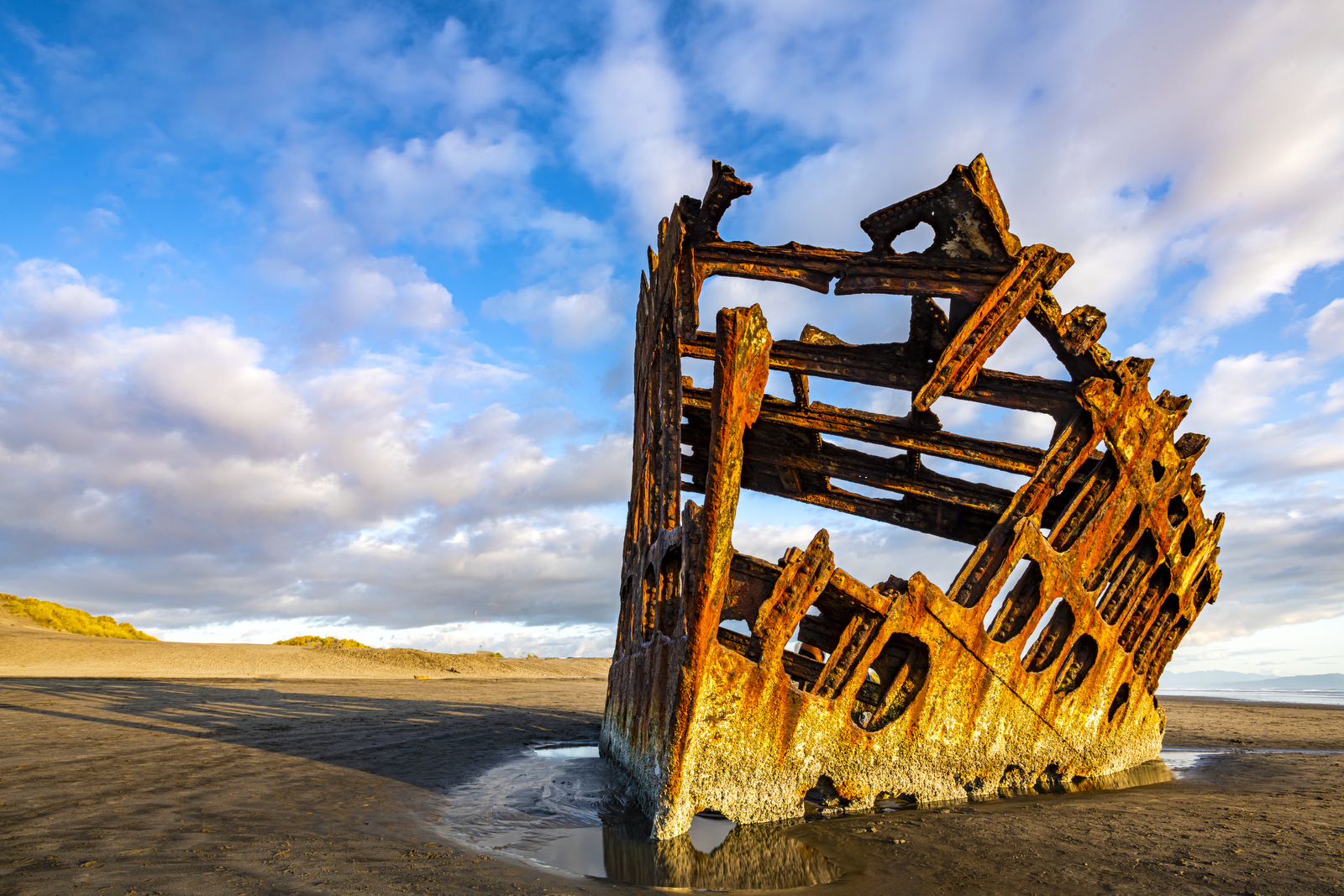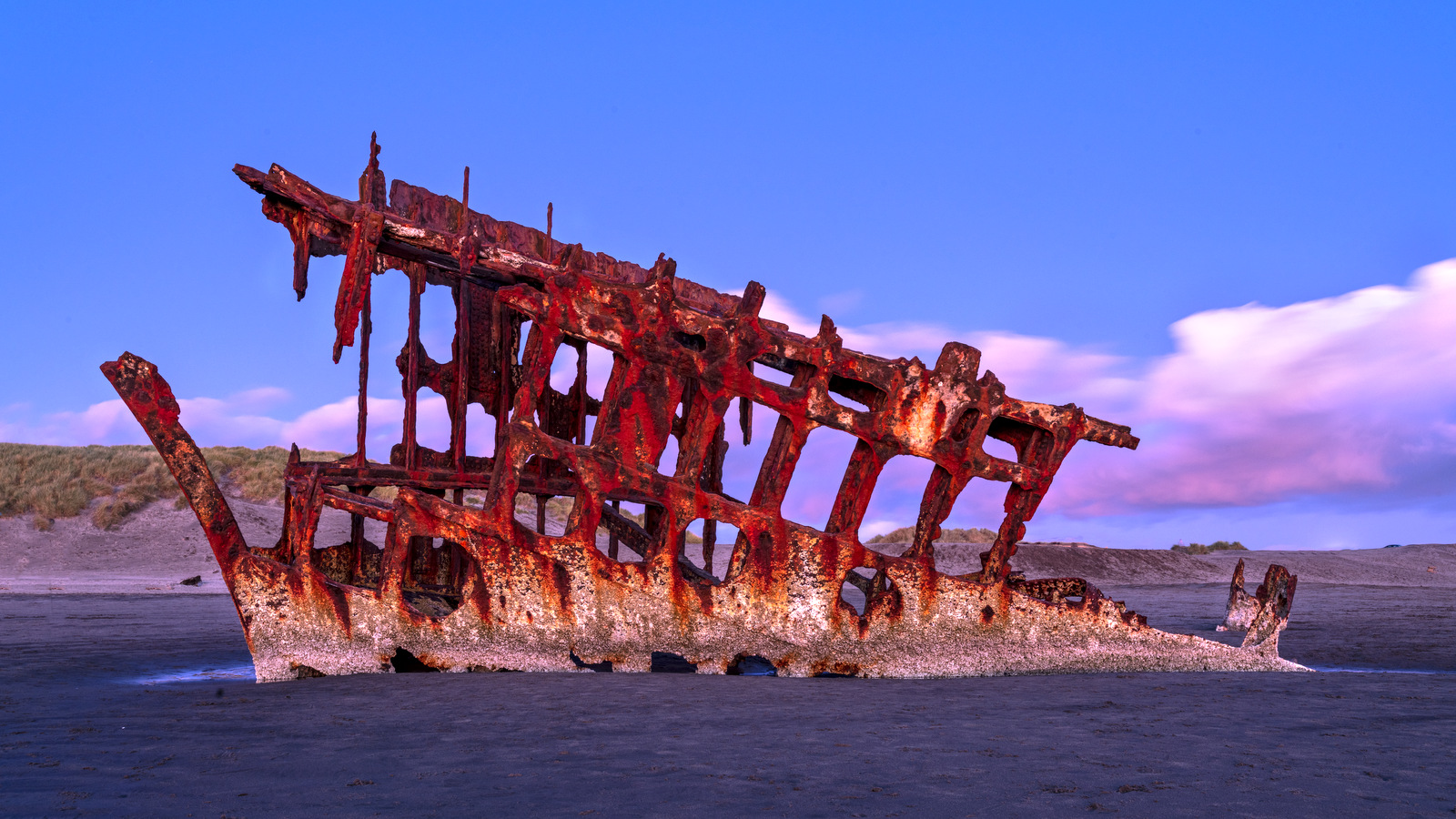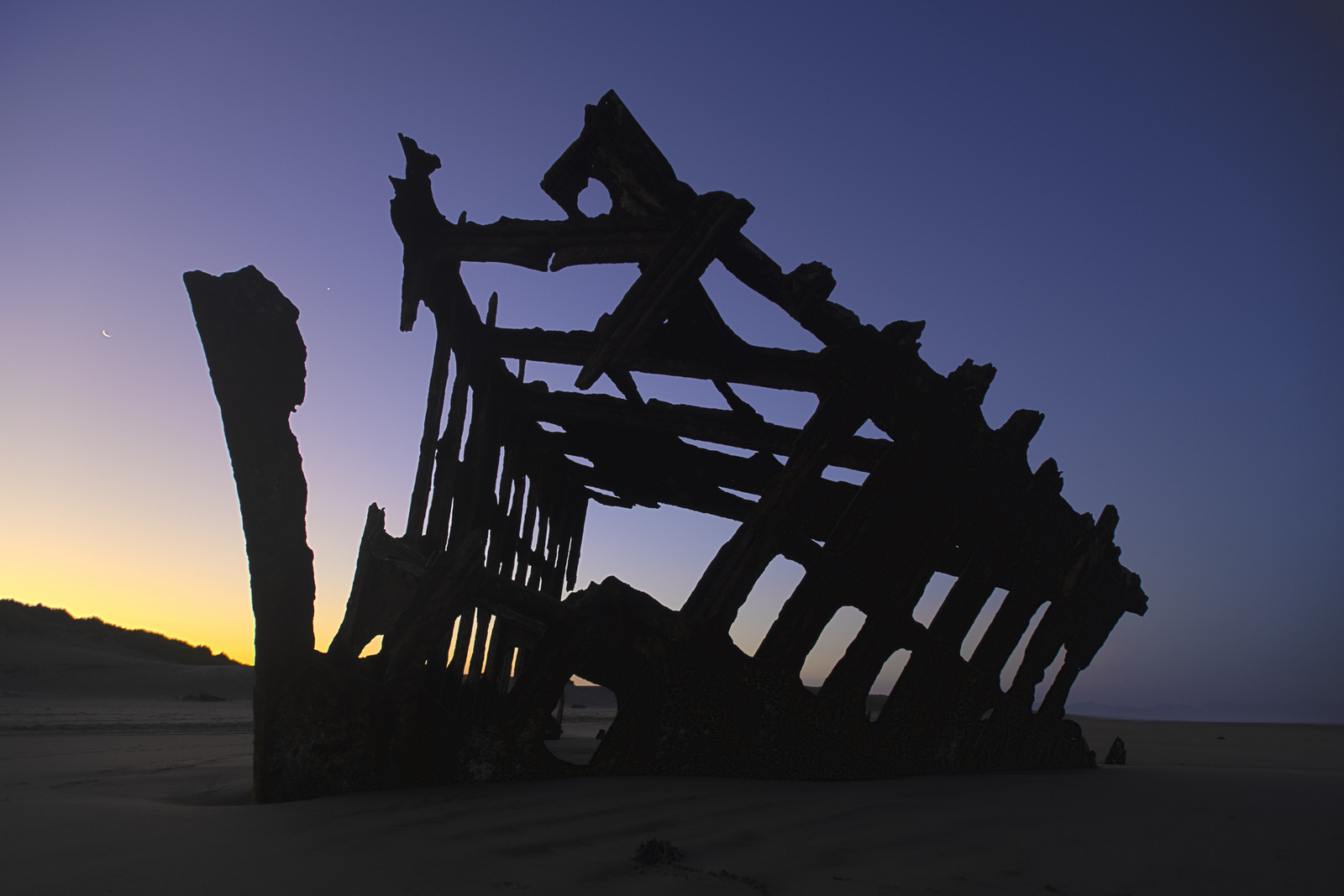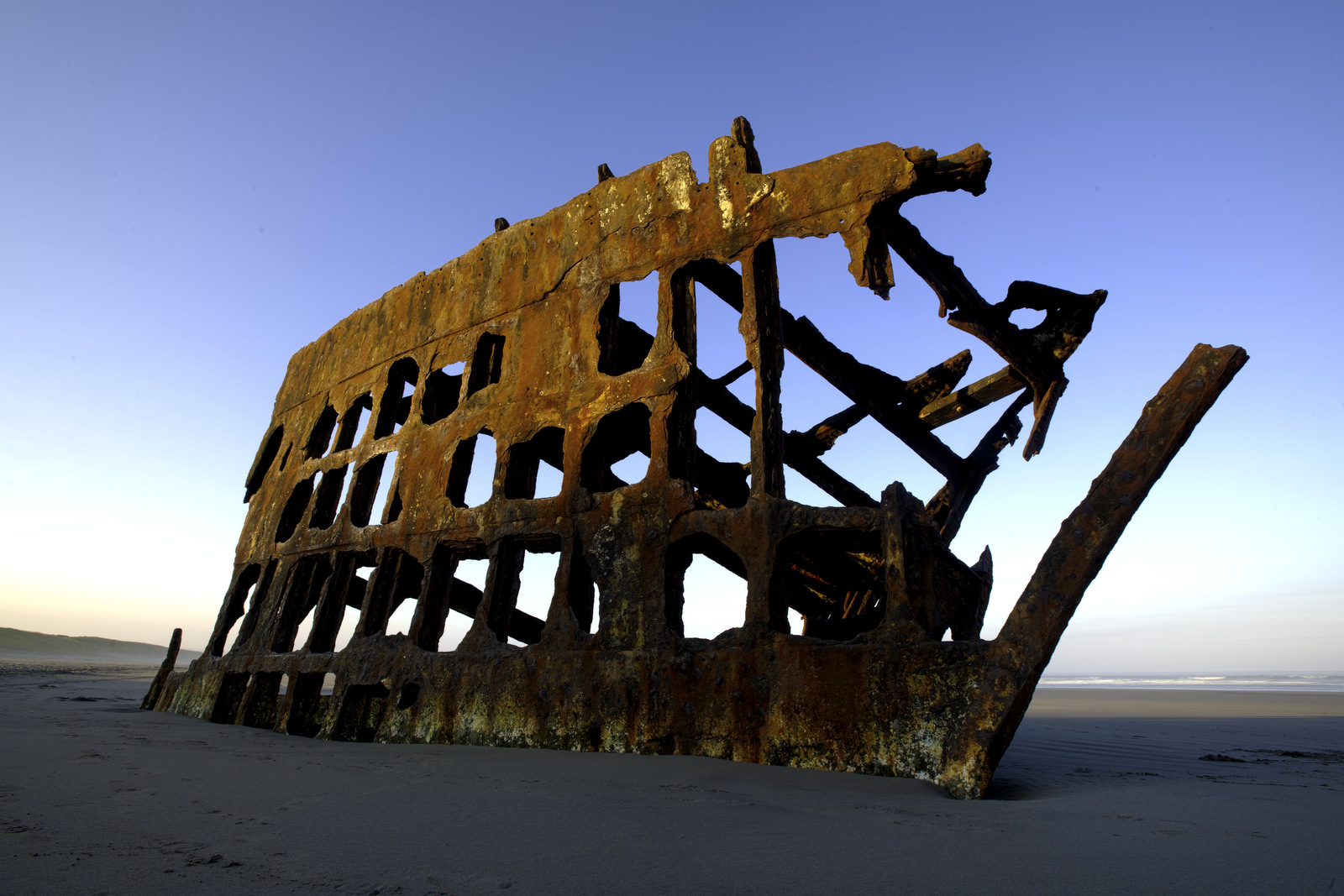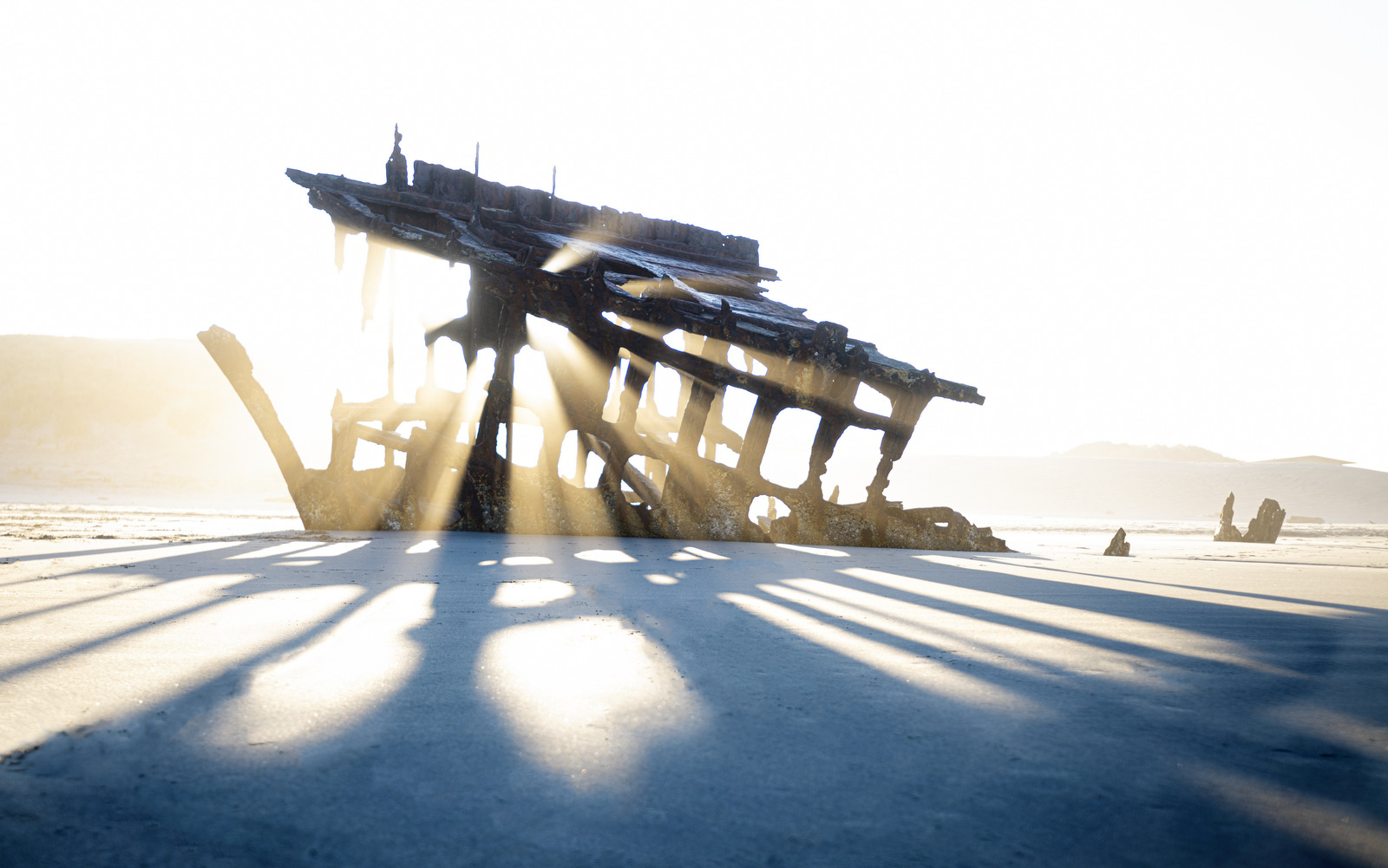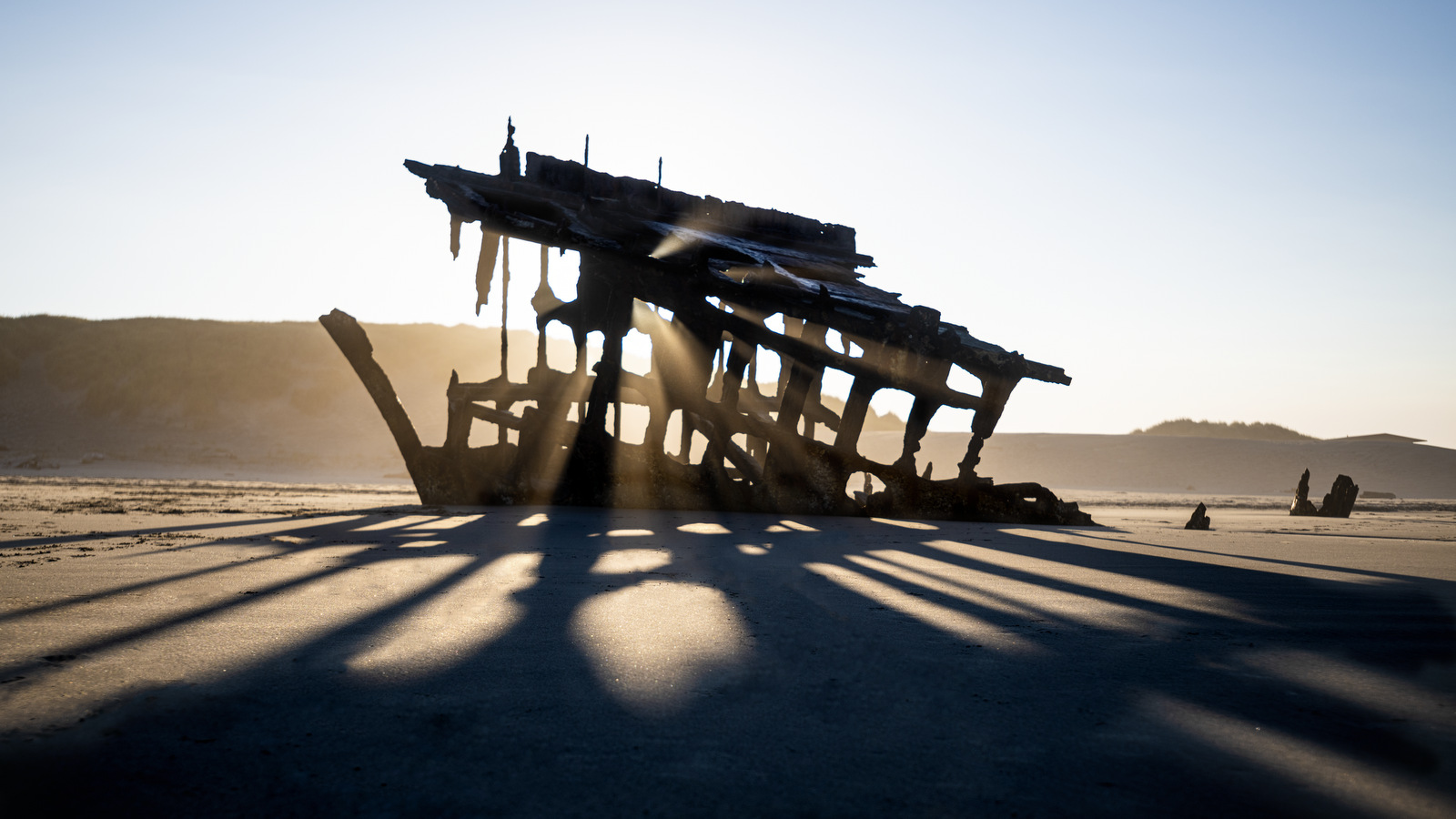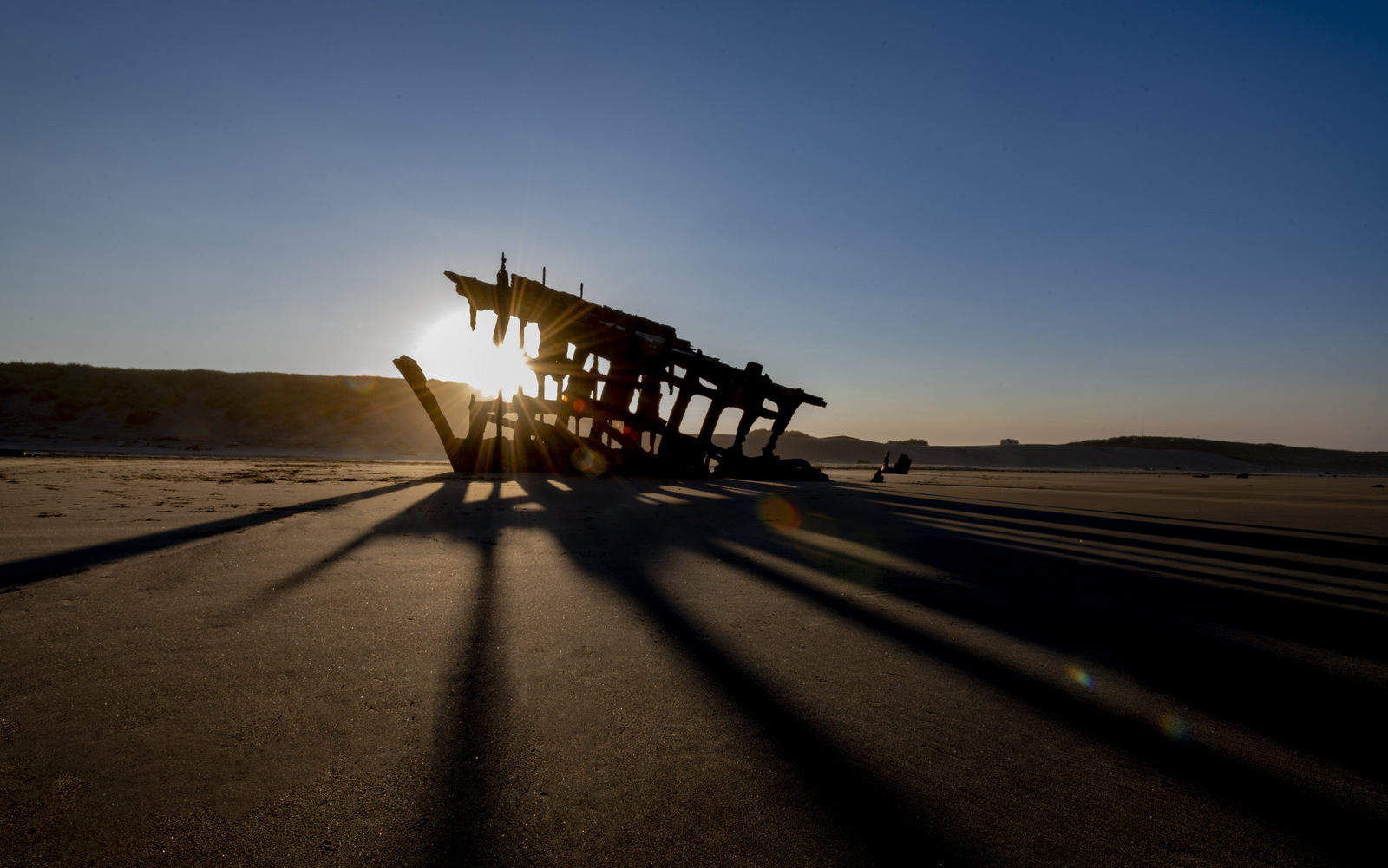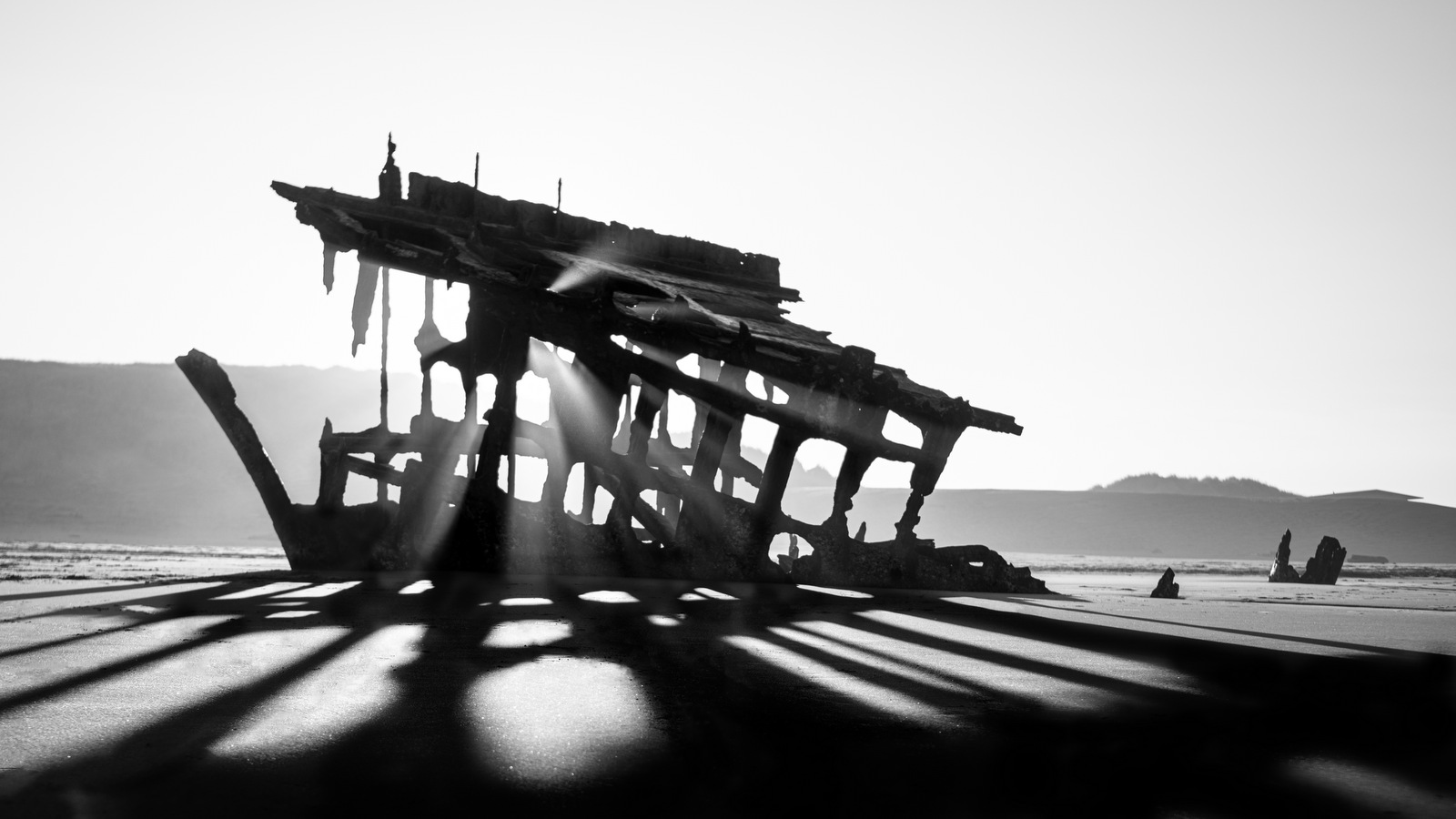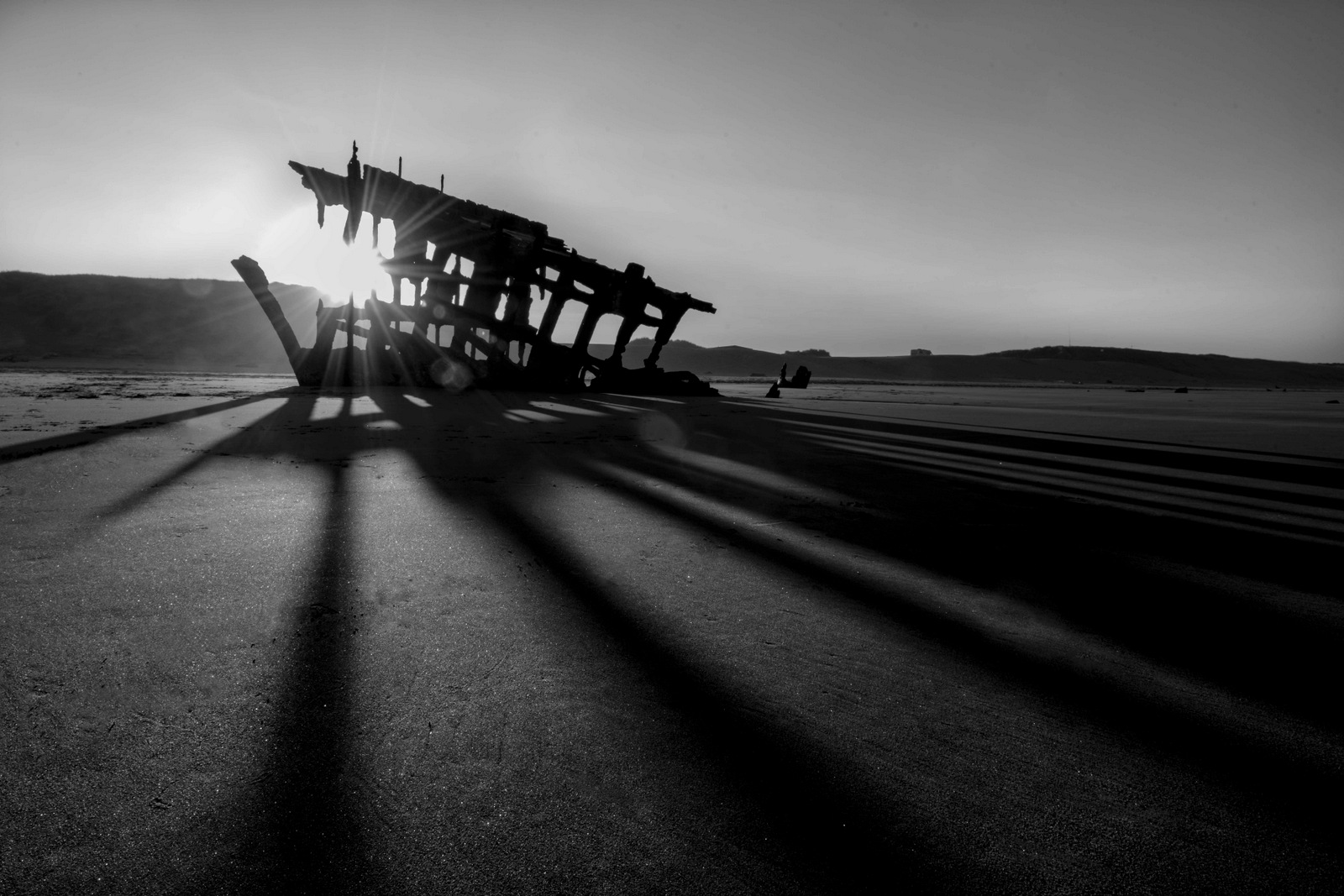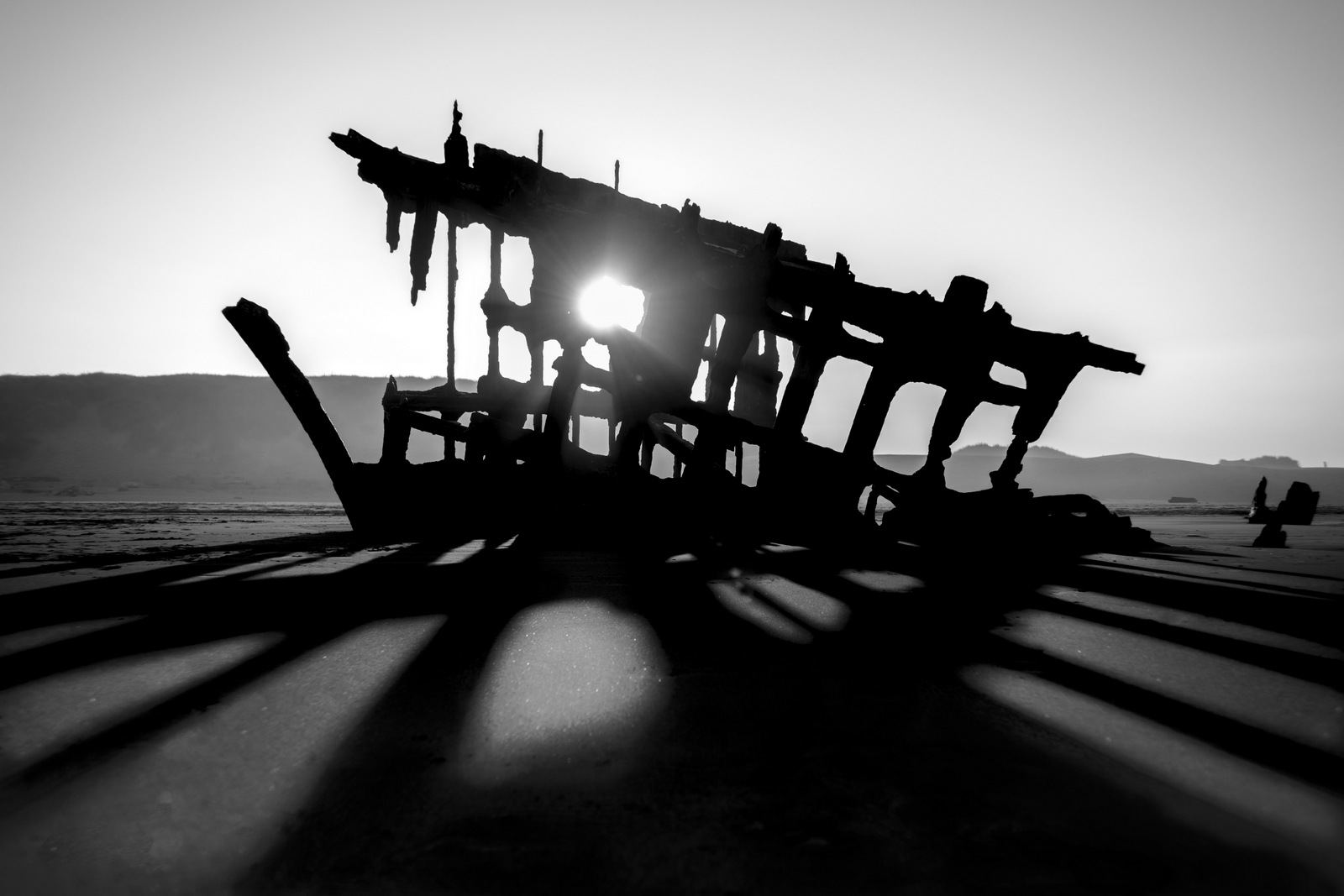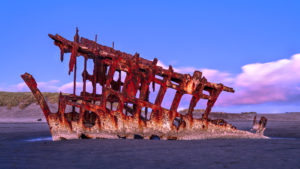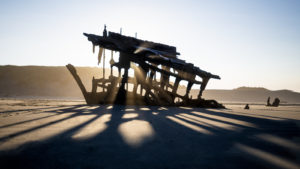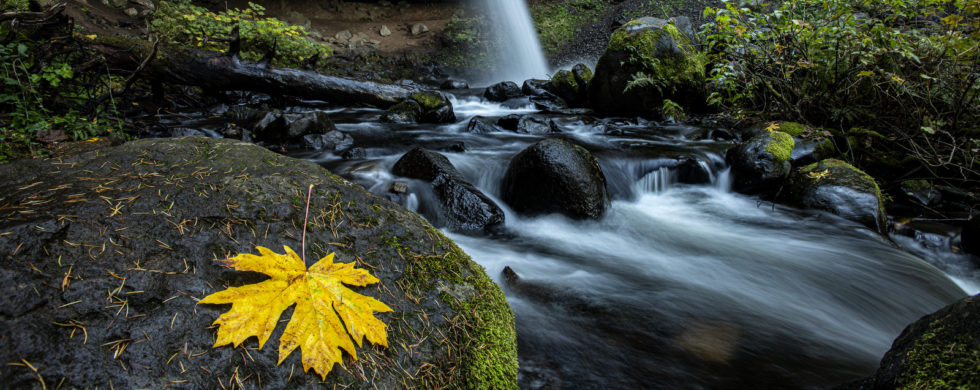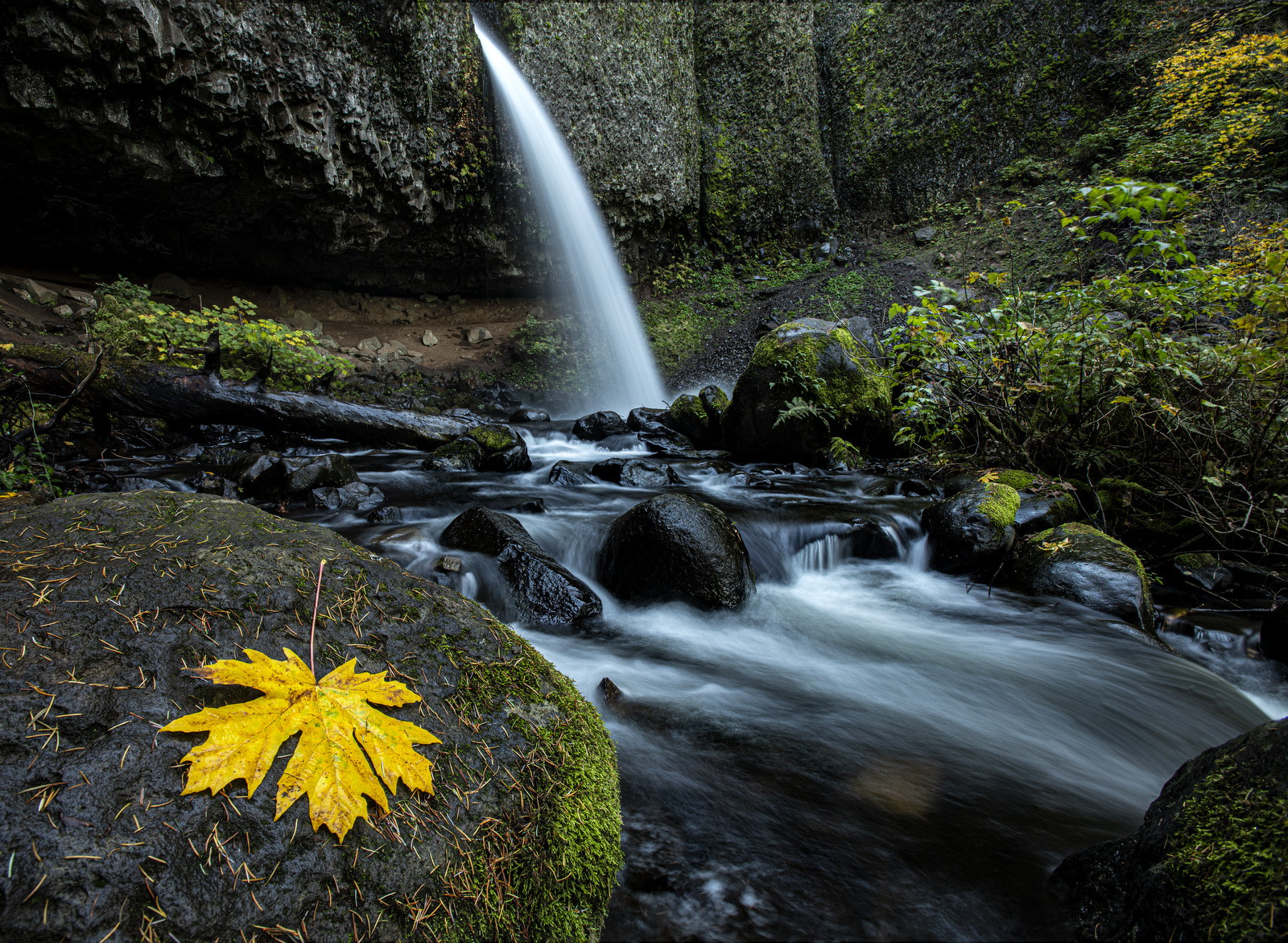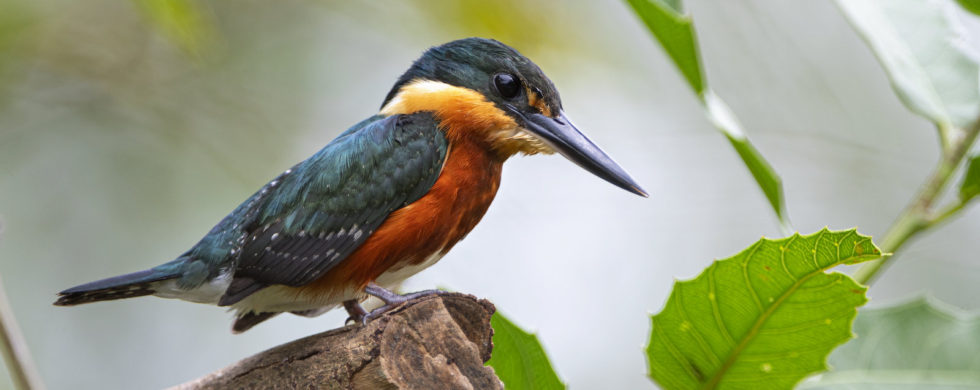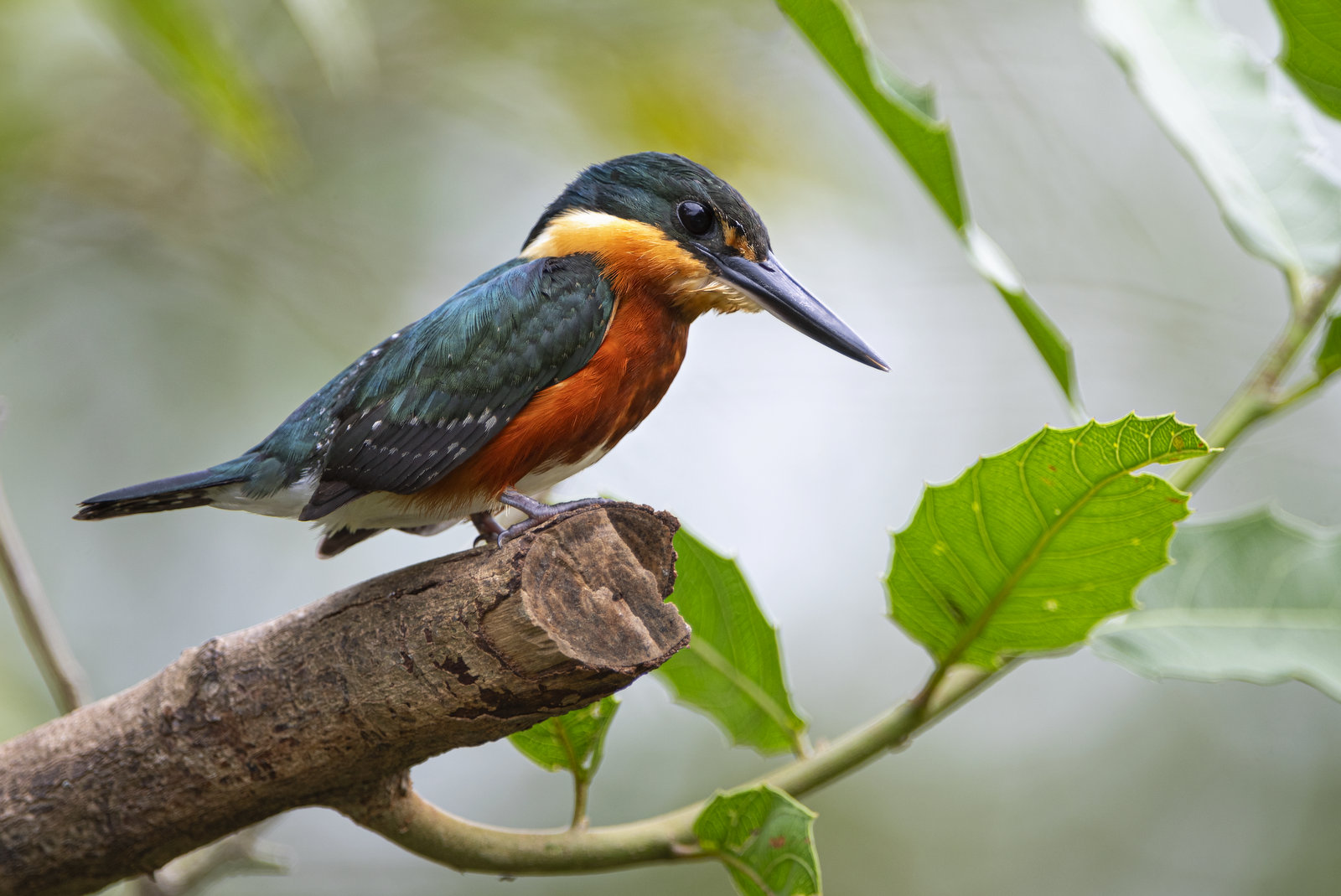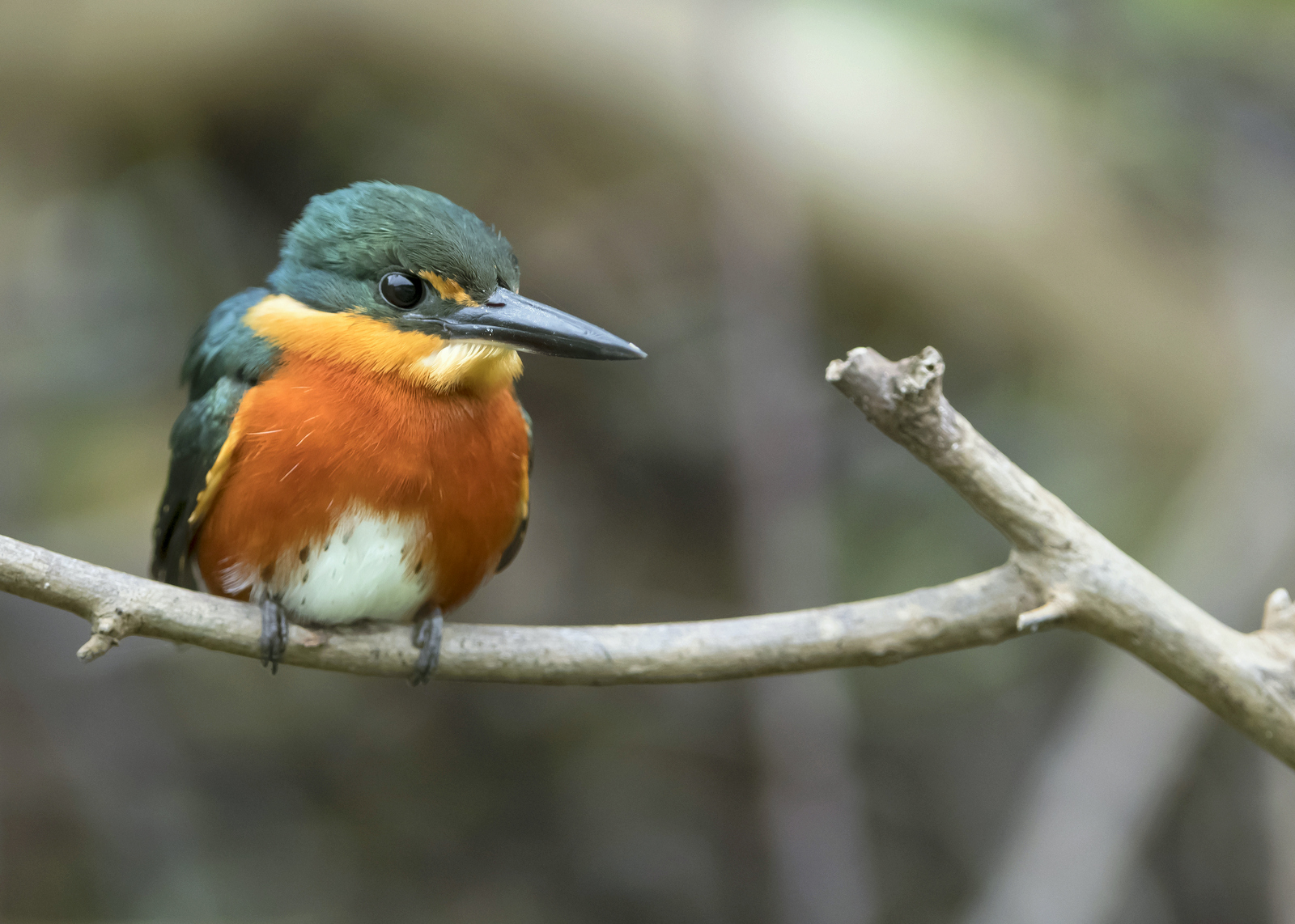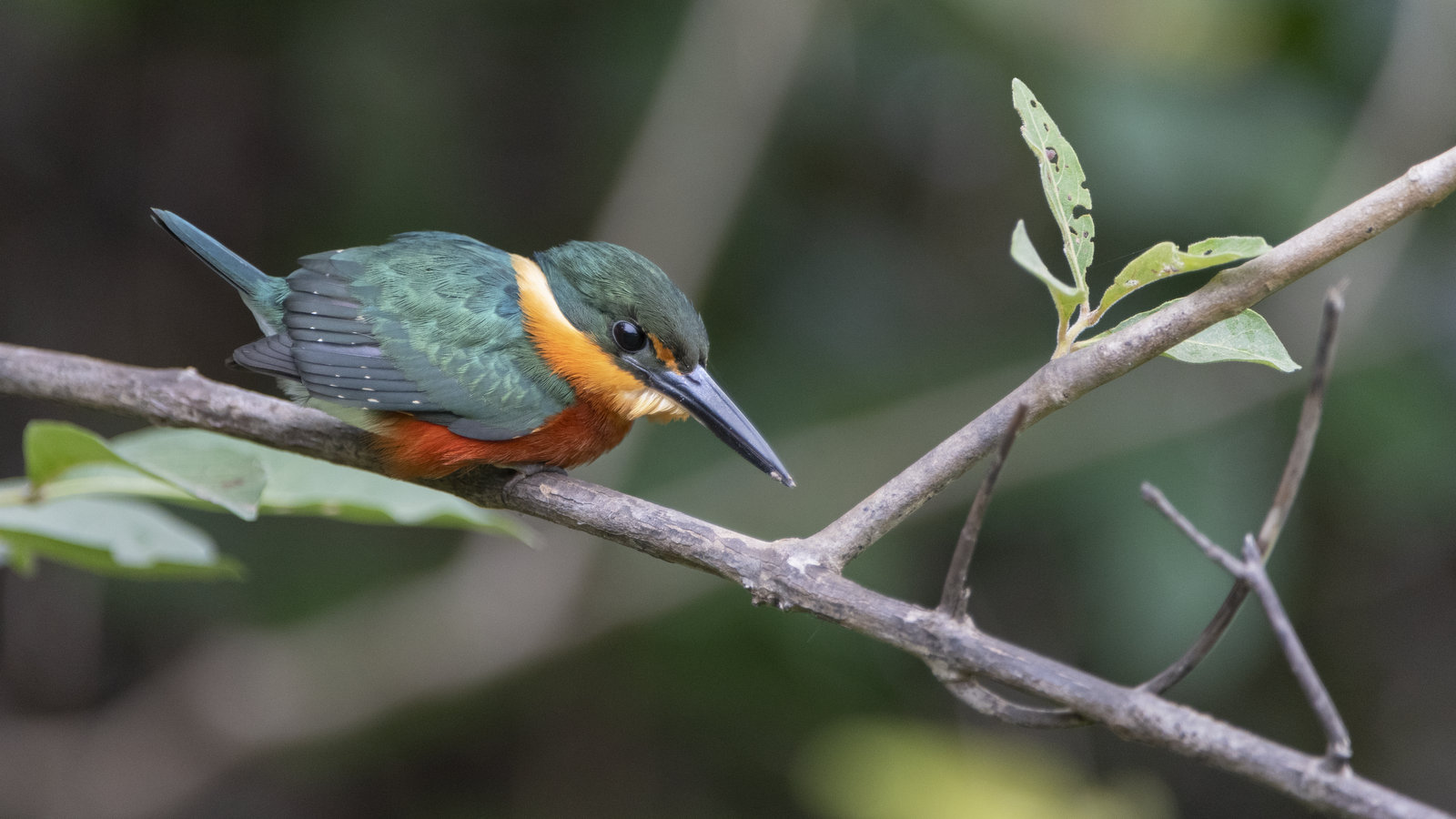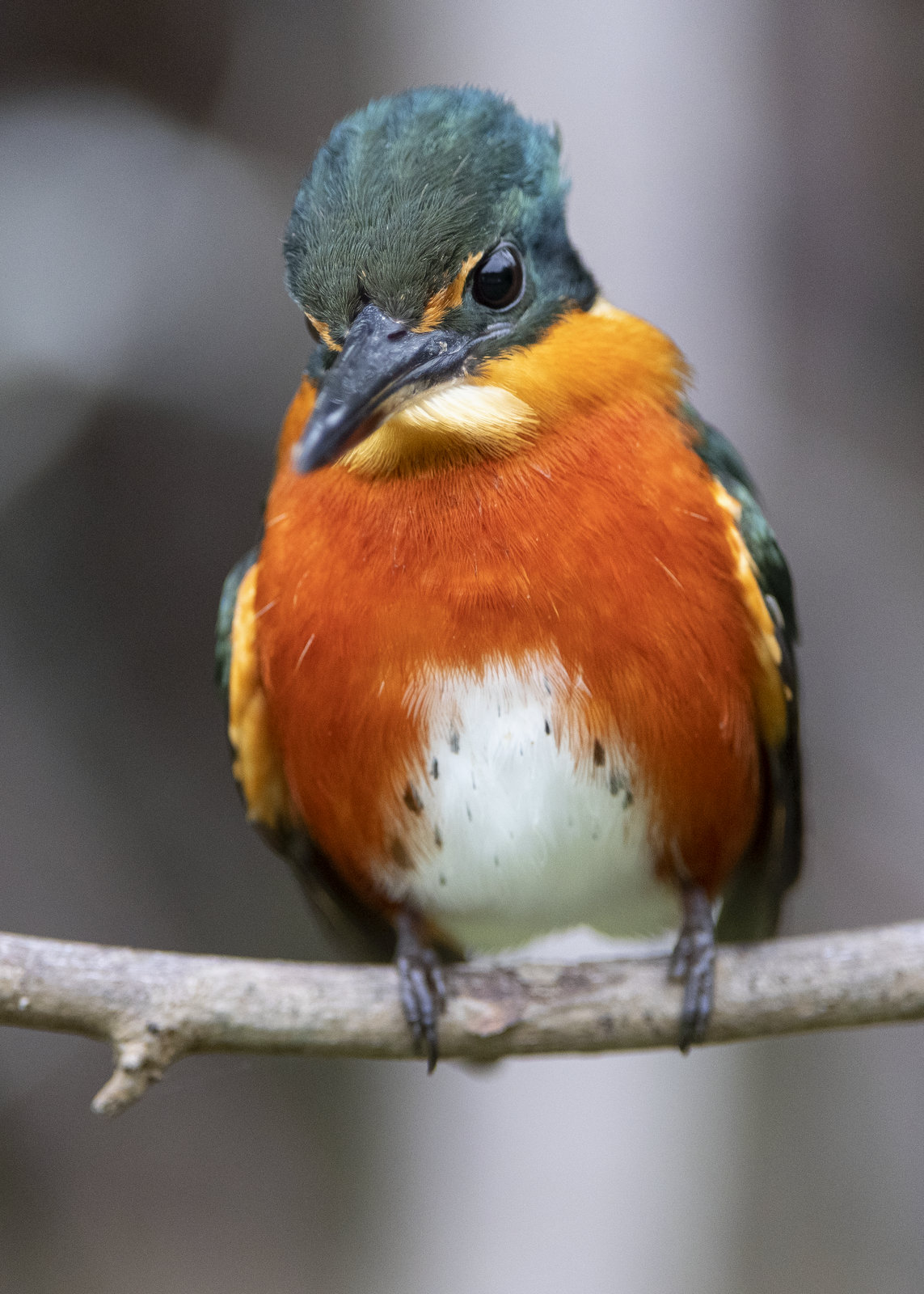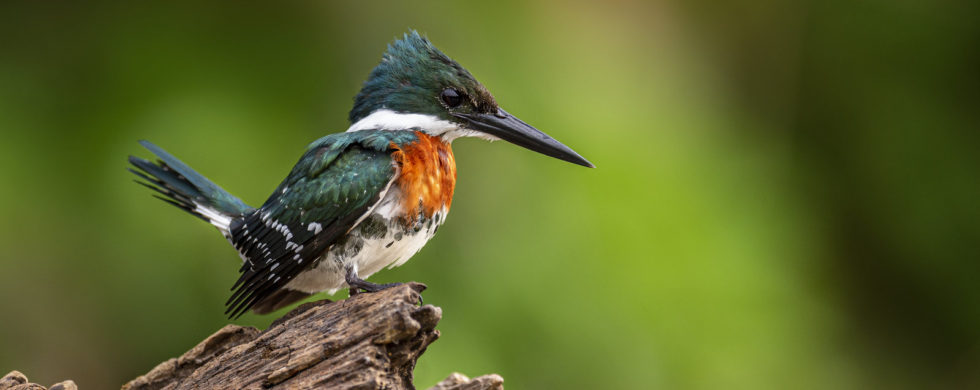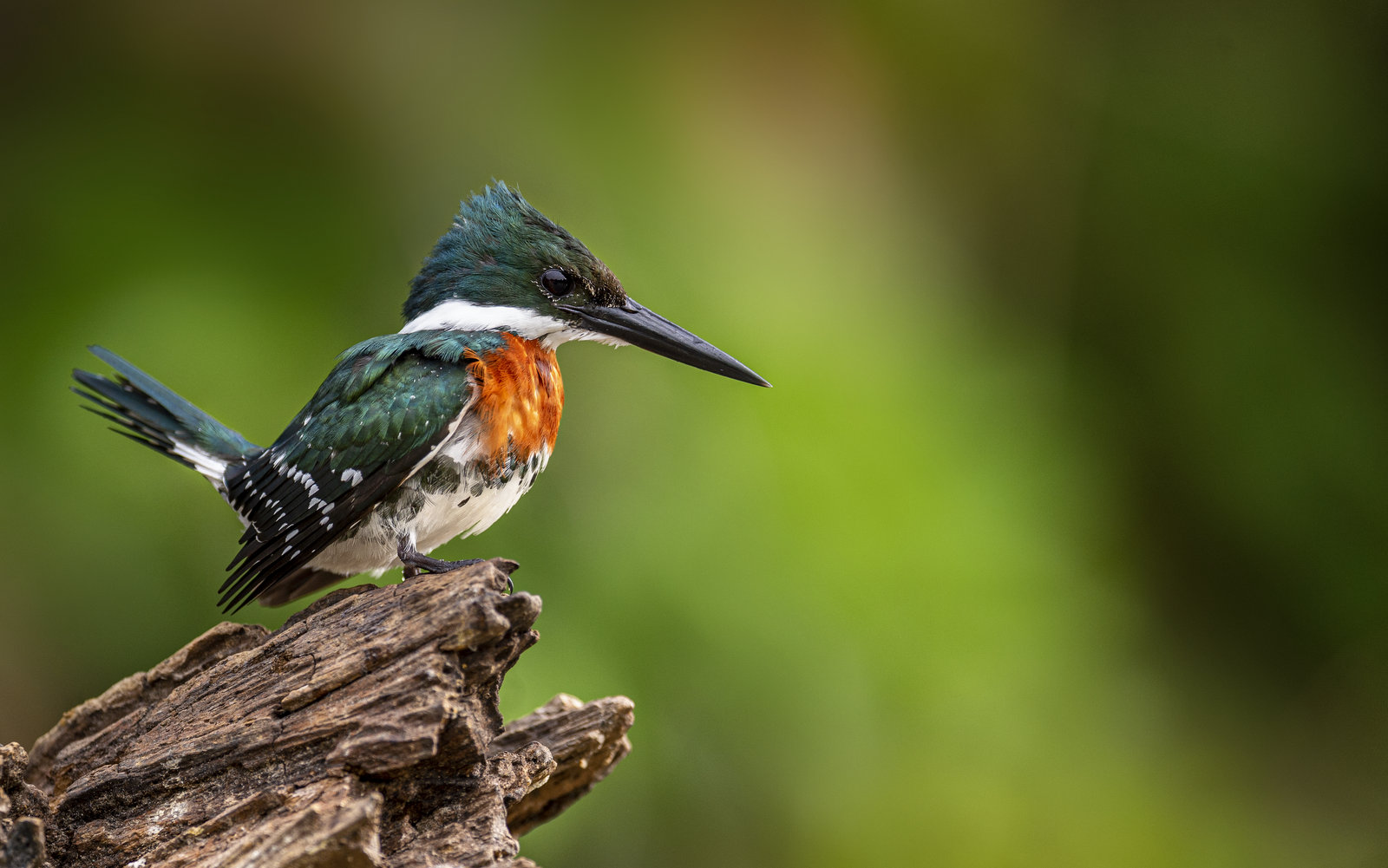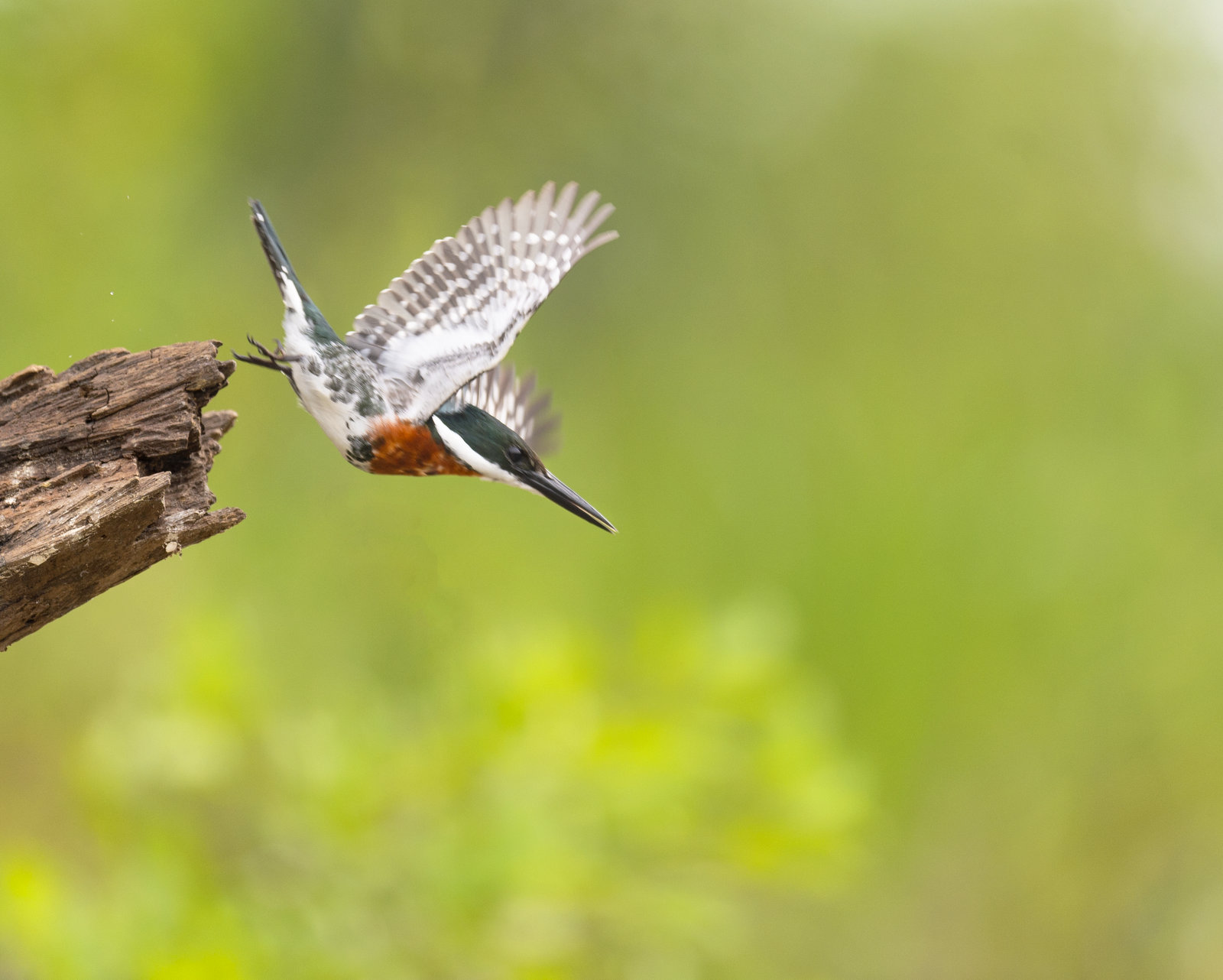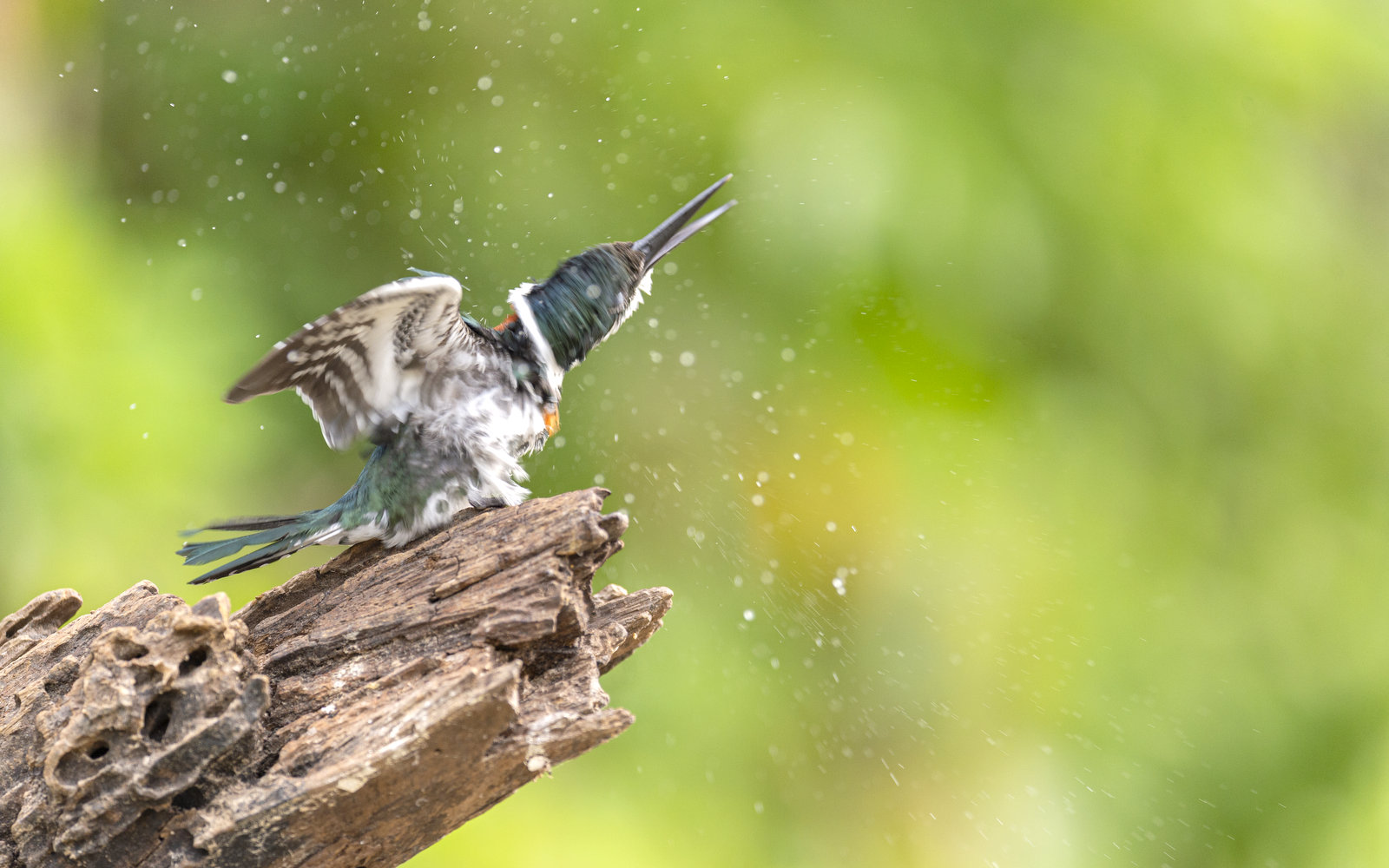30
Shot of the Month – September 2020
For eleven glorious days in September 2020, we explored the Grand Teton NP (GTNP). The photo above was one of the best images from that trip, though, uh, it was actually taken in Yellowstone NP. Say what? Let me explain…
During our first four days in the GTNP, we had some wonderful sightings — moose, lots of moose, and bison, pronghorn, owls. Fantastic stuff.
At different locations, we would invariably bump into other photographers and tourists. People would talk about what they had seen and share information — we were all looking for the next hot tip on where to find something special.
On the fifth day, the chatter was abuzz about a grizzly bear that had killed an elk in Yellowstone.
“Did you hear about the Grizzly?
“No”
“Yeah, a woman got it all on video. It is amazing. The bear is still with the elk on the bank of the river.”
More and more chatter about the video that was on Facebook. And then we would bump into people who had been there and seen the bear with the kill. They said it was incredible.
The kill happened on a Friday. We heard about it on a Saturday. We (my partner Nicky and I) discussed…”Should we try and go up to Yellowstone to see the Grizzly…”? We figured that a grizzly would finish the elk quickly so till we got up there he would probably be gone. We stayed put.
Sunday, people are still talking about the grizzly…We discussed again: “Should we go…”? In the end, no.
Monday. People are still talking about the grizzly. “Yeah, the bear is still there…there is still lots of meat on the kill…”
We again pondered this “High Risk-High Reward situation.”
What made it high risk?
- We would arrive 4 days after the kill was made. It seemed very unlikely that a grizzly would stay so long on a kill site — how much of a meal could be left to entice him to stay longer? We could drive up to the site and find nothing. The area between GTNP and Yellowstone is a dead zone for wildlife so there is not much to see otherwise. Sure, we could wander around the lower part of Yellowstone and hope to see wildlife but the odds of seeing something good were low otherwise.
- It would take 2.5 hours to reach the kill site. We heard that parking was very difficult so we would have to arrive early or we wouldn’t be able to park near the site and we would have to walk a long distance. And as a photographer, I would want to arrive early to have the good morning light. We would have to get up at 3:30 am to reach the nearest parking area by 6:30 am (just before sunrise). This meant that we really should end our day early on Monday so we could get to bed early, costing us photo opportunities on that day. Tuesday might be a complete wash. We would most likely get back late on Tuesday making it difficult to get out early on Wednesday, and in general, leave us exhausted for 1-2 days. So this high-risk “detour” could cost us 2-3 days of photography at GTNP.
- Would the light be any good at the location? Backlit?
- Would we have access to the site? In some settings, only a few photographers have the best, unobstructed angle for a good shot.
And the high reward part? Well, getting to see a grizzly on a kill site is a once-in-a-lifetime opportunity.
What to do? Getting a good photo out of this venture seemed very, very unlikely and would cost us a lot of time and degrade our ability to capture images in GTNP. But, a grizzly, on a kill site….we had never had a good grizzly sighting before.
We pushed all of our chips into the center of the table and rolled the dice (Craps metaphor). We got up at 3:30 am and drove the entire length of GTNP in the pitch black (this is nerve-racking as you never know when an animal might come out onto the road), through the border area between the parks, and then up through the southern part of Yellowstone to Hayden Valley. We found the parking area and we tucked into the next-to-last spot! We spoke to a few people and understood where to go. We walked along the river and found a spot about 150 yards across from the grizzly. Photographers were spread out along the river bank but there was plenty of space for everyone so it was not quite as crazy as it can be sometimes.
And then we waited. The river was completely fogged in. It took more than 2.5 hours for the fog to burn off before we could start capturing images.
Was it worth it? Wow, was it! Once the fog burned off we had a clear view of the grizzly. The location of the bear on the river was near perfect and was well-lit in the morning and in the afternoon. We spent 12 hours there taking it all in.
It was just an amazing experience to get an unobstructed view of a grizzly for such a long period and observe his behavior and the interactions between him and other wildlife as he fed and protected his kill.
So first, here is the video showing how the grizzly killed the elk. September is the rut season for elk and this massive bull was in the prime of his life. Unfortunately, the bull had broken his rear leg, most likely while sparring with another male. The grizzly must have noticed this injury and took immediate chase. Death was relatively quick as the bear drowned the elk in the river.
And in this video, you can see how much work the grizzly did to bury the elk to protect it from scavengers.
The bear’s day was comprised of digging up the carcass to feed and then burying the carcass to keep it safe. Then digging it up…then burying it. Digging…burying. Dig. Bury. All day. He was also relentless in his efforts to chase off any scavenger that might try and steal a morsel. So many words…check out this fun video that Nicky captured. It will give you a better sense of what our day was like:
Kind of hard to steal a bite when a 600 lb. grizzly is lying on the prize…
By burying the carcass next to the water the bear only had to defend in one direction. In this scenario not even an entire pack of wolves would be able to budge this bruiser. This one, plaintive-looking wolf is not a threat, and the bear never even bothered to growl or threaten the wolf as the balance of power was clear.
We finally left to drive back to GTNP at 7 pm and made it to bed by midnight. A 20+ hour day. We were pretty shattered the next couple of days but the high from that dice roll will last a lifetime.
Until next month…..michael
Nikon D4S, Nikon 600mm,1.4x TC (effective 850 mm), f/5.6, 1/640 sec, ISO 1100

